Passive House Project Sets Record in the Bronx
Park Avenue Green, a new community in New York City’s South Bronx neighborhood, combines the cutting-edge technology of Passive House design with affordable housing for formerly homeless families and individuals.
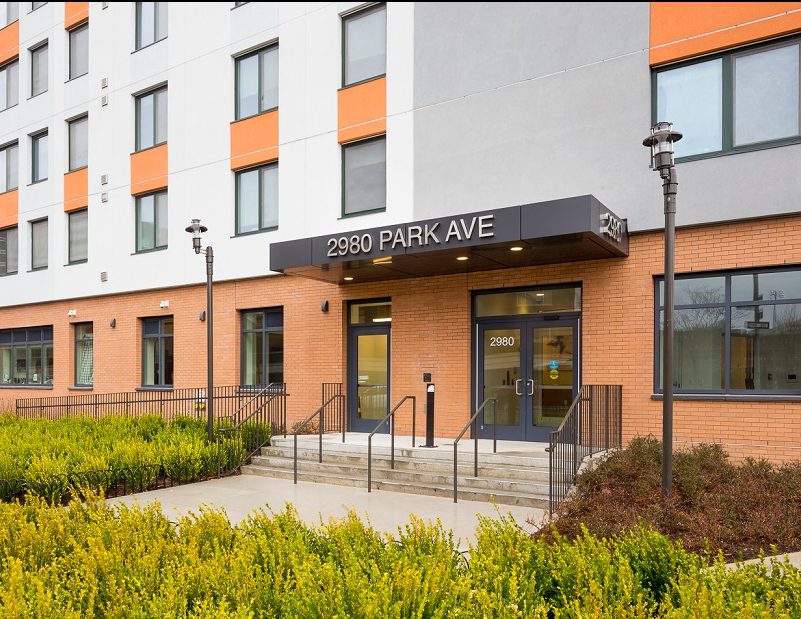
Park Avenue Green entrance Photo by Sindayiganza Photography, courtesy of Omni New York LLC
At first glance, you might not guess that Park Avenue Green is a record-setter. But the 15-story, 154-unit mixed-income community in the South Bronx nevertheless represents a major contribution to the sustainability movement: It is the largest building in North America so far to meet the exacting standards required to earn Passive House certification for energy efficiency.
Developed by Omni New York LLC, Park Avenue Green completes a two-phase development that started with Morris Avenue Apartments, a neighboring LEED Gold-certified community. The $48.4 million project was financed by the New York City Housing Development Corporation and the New York City Department of Housing Preservation and Development. Park Avenue Green also offers a ground-floor community space leased by Spaceworks, a nonprofit that creates low-cost spaces for artists, said Mark Ginsberg, principal Curtis + Ginsberg, the project’s architect of record.
Besides its stature as the continent’s largest Passive House building, at least two other features make Park Avenue Green noteworthy. It is a rare example of a New York City property that is both new and affordable, “because across New York City and elsewhere, more and more new construction is not affordable,” said Eugene Schneur, Omni New York’s co-managing director and co-founder. Also of note, 35 units are reserved for formerly homeless residents, an element that is “addressing a very great need we have in New York City,” Schneur said.
Design challenges
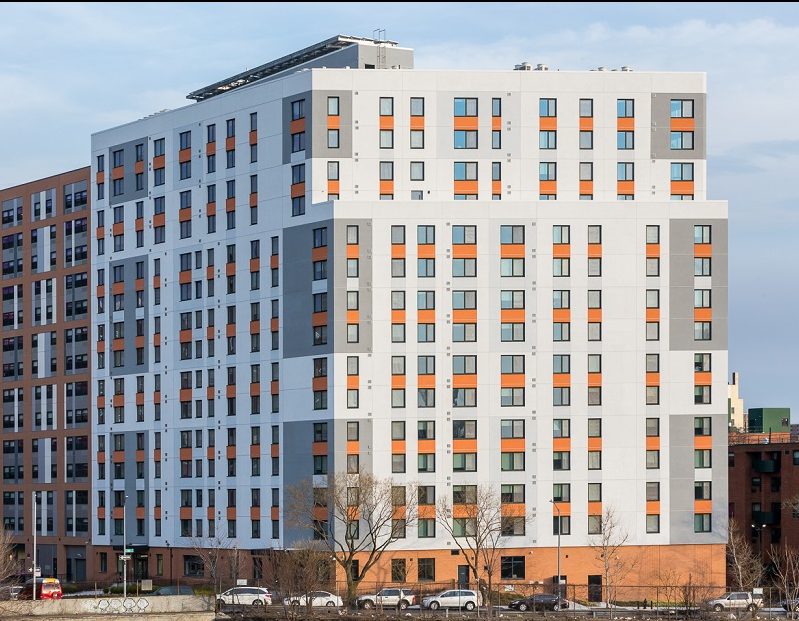
Park Avenue Green Photo by Sindayiganza Photography, courtesy of Omni New York LLC
In designing Park Avenue Green, Curtis + Ginsberg took on the challenge of meeting both Passive House standards and design standards of the city’s Housing Preservation and Development department.
Ginsberg realized that the windows would present the toughest challenges. Each one-bedroom apartment has at least two windows, with studios featuring fewer windows on average, but the community’s two-bedroom residences incorporate more windows.
Air sealing is the hardest aspect of Passive House principles to get right, Ginsberg noted, and the interface between windows and walls is the hardest place to seal. “We wanted to test the details and make sure everything was right about the windows before we installed multiple hundreds of windows,” he said. “We did blower door tests of the windows. We passed.” To ensure that the project met Passive House standards, the firm brought in Bright Power, a Manhattan-based energy consultant.
Windows and Walls
Condensation presented another challenge. During the winter, the building is heated by drawing fresh air from outside and heating it with exhaust air; in the summer, it’s the reverse,” Ginsberg said. “The problem is it goes through a wall, and there were concerns there would be condensation around that area of the wall from the interior to the exterior. So we used a structural insulation to minimize that risk and make it easier to build.”
Due to its design, the building addresses a community health issue. The South Bronx is an asthma hot spot. “So creating a building that has very little on-site combustion should minimize pollution, while also creating more housing,” Ginsberg said.
Developing a Passive House added an estimated five percent to overall costs. However, operating costs over time will be substantially reduced, which should more than offset the additional development expenses, Ginsberg said.
For his part, Schneur believes that marrying high-tech-enabled sustainability with affordability proved the most rewarding part of this development effort. “To deliver such a building — with cutting-edge technology, solar panels, high-performance energy-efficient windows, and energy-recovery ventilation systems that reduce need for air conditioning in the summer and heat in the winter – and make it affordable is significant.”

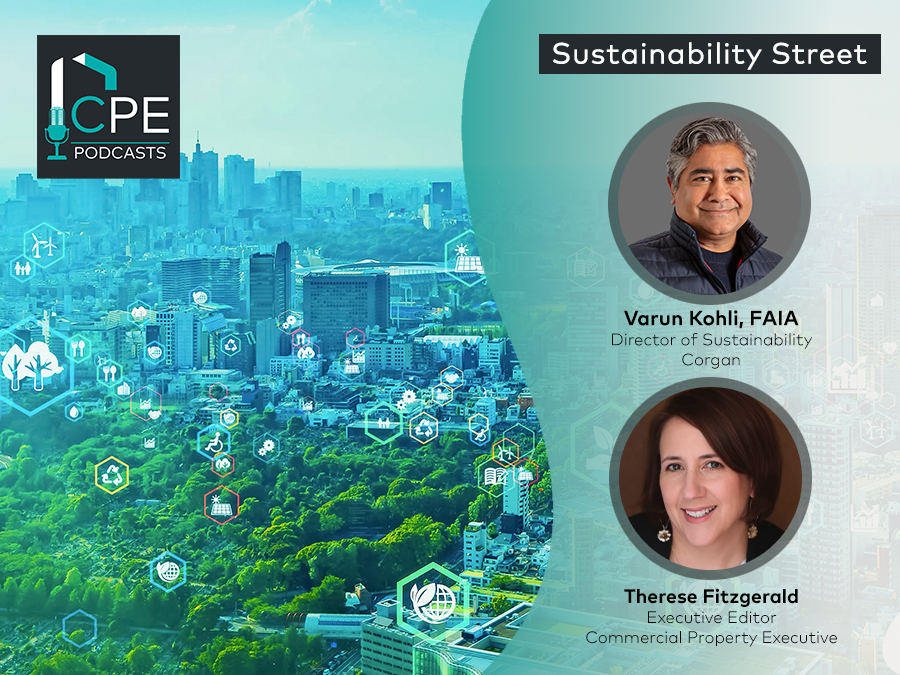
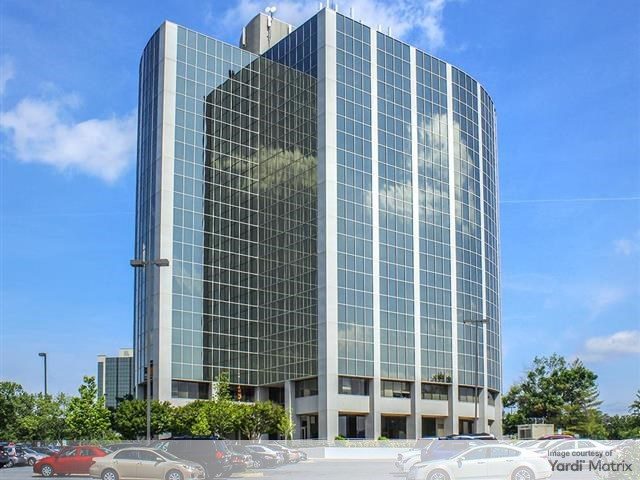
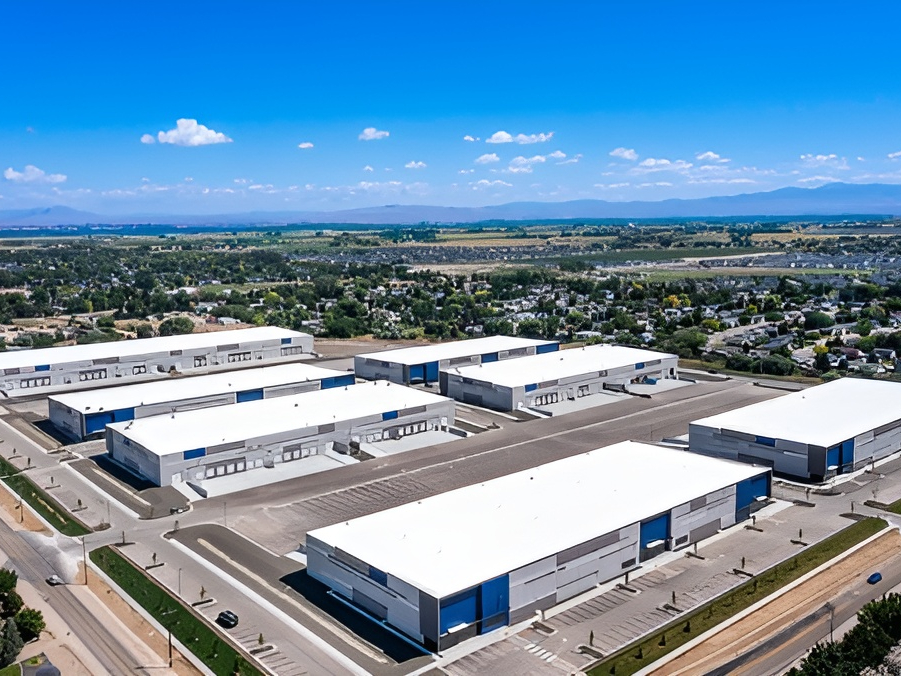
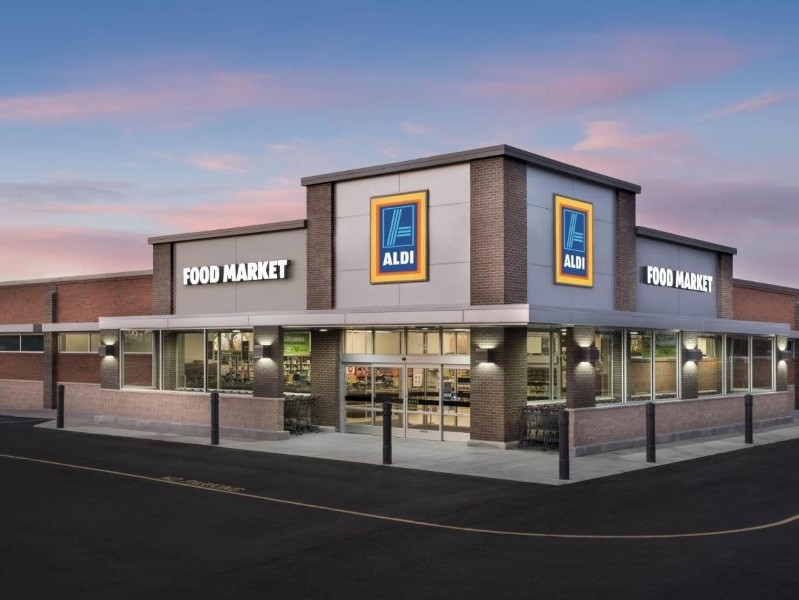
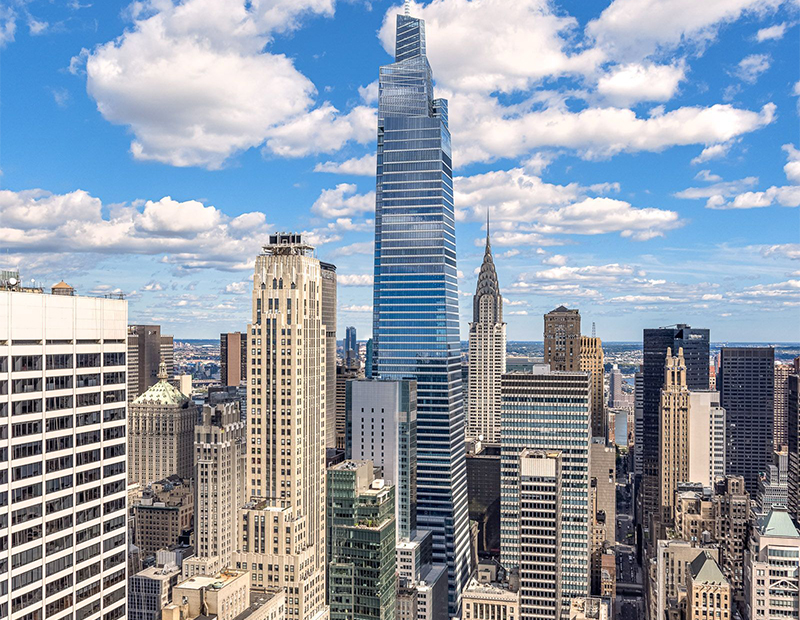

You must be logged in to post a comment.